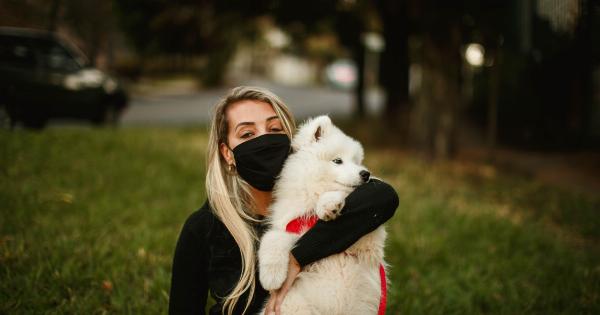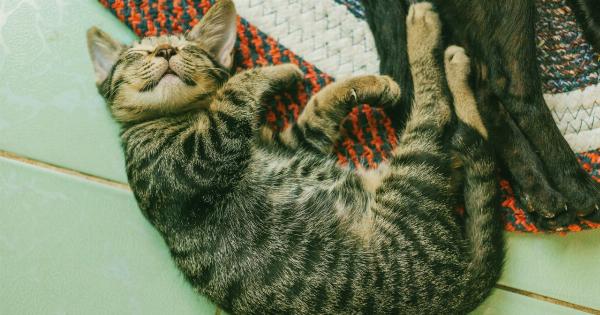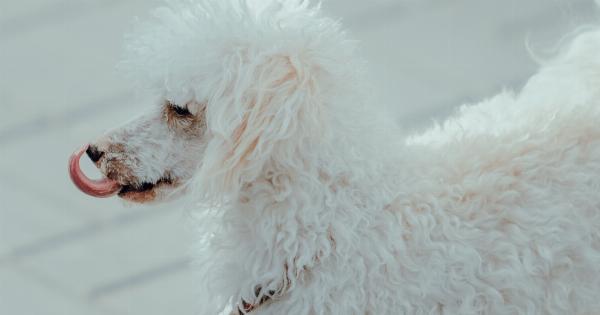Pets bring joy and companionship to our lives, enhancing our overall well-being. As pet owners, understanding their needs and behaviors is crucial to ensuring their happiness.
One aspect of their perception that often puzzles pet owners is their color vision. Humans perceive a wide range of colors, but what about our furry friends? In this article, we will explore the color vision of pets and gain a better understanding of how they see the world.
How Do Pets See Colors?
It is a common misconception that pets, such as dogs and cats, see the world in black and white. However, this is far from the truth. While their color vision is not as diverse as ours, they can still perceive a range of colors.
Dogs, for instance, have a color vision similar to that of a person with red-green color blindness. They primarily see the world in shades of blue and yellow. This is due to the limitations of the photoreceptor cells, called cones, in their eyes.
Dogs have two types of cones, one sensitive to blue light and the other to yellow light. As a result, they struggle to distinguish between red and green, perceiving them as shades of yellow.
Cats, on the other hand, have a more limited color vision compared to dogs. They have fewer cones in their eyes, making them less sensitive to colors. Cats primarily see shades of blue and yellow, similar to how dogs perceive the world.
However, their perception of these colors is not as sharp as that of dogs.
Do Pets See Colors as Vibrantly as Humans?
The vibrancy and richness of colors that humans experience might not be the same for our pets. While they can differentiate between certain colors, their spectrum is not as broad.
The hues they perceive might appear duller and less vibrant compared to ours.
For example, a bright red rose that looks striking to a human may appear as a shade of gray or brown to a dog. Similarly, a vibrant green field may appear more like a yellowish-brown landscape to a cat.
Their perception of colors is influenced by the number and sensitivity of their cones, resulting in a different experience of the world.
Understanding the Role of Cones in Color Vision
Cones are specialized cells in the retina of the eye that are responsible for color vision. Humans have three types of cones, each sensitive to different wavelengths of light – red, green, and blue.
The combination of signals from these cones allows us to perceive a wide range of colors.
In contrast, dogs and cats have fewer types of cones. Dogs have blue-sensitive and yellow-sensitive cones, while cats have a minimal number of cones for perceiving colors.
This difference in the number and sensitivity of cones impacts their ability to perceive and discriminate between colors in the same way humans do.
The Impact of Color Vision on Pet Behavior
Pet behavior is influenced by various factors, including their visual perception. While color vision is not the sole factor, it does play a role in how pets interact with their environment.
For example, the color of toys can affect a pet’s interest and engagement. Dogs, with their blue-yellow color vision, are more likely to respond to toys that are blue or yellow. On the other hand, red toys might appear less appealing to them.
Cats, with their limited color vision, may be less affected by the color of toys but are more responsive to movement and texture.
Color vision can also influence the way pets respond to their surroundings. For instance, a red stop sign might not grab the attention of a dog as effectively as it does for humans because of their limited ability to perceive red.
Understanding these differences can help pet owners create visually stimulating environments tailored to their pets’ needs.
Can Pets Recognize their Owners by Color?
Many pet owners wonder whether their beloved companions can recognize them based on their color. While it is challenging to definitively answer this question, pets primarily rely on other cues, such as scent and sound, to identify their owners.
However, it is not unlikely that pets may develop some association or recognition with specific color cues. For instance, they might associate their owner’s clothing or accessories with positive experiences and the comfort of their presence.
While color alone might not be a determining factor, the overall visual appearance can contribute to the recognition process.
Common Misconceptions about Pets’ Color Vision
There are several misconceptions regarding pets’ color vision that need to be addressed:.
Misconception 1: Pets see the world in black and white
As mentioned earlier, dogs and cats do not see the world in black and white. While their color vision is not as rich as ours, they can still perceive a limited range of colors.
Misconception 2: Pets see colors the same way humans do
Pets have different types and numbers of cones compared to humans, affecting their perception of colors. They may not see the same range of hues and might experience a less vibrant visual world.
Misconception 3: Pets are not affected by the color of their environment
Color can influence pets’ behavior and responses to their environment. Understanding their color vision can help create visually stimulating surroundings and enhance their overall well-being.
Conclusion
While pets may not perceive colors in the same way we do, they still experience a range of hues in their visual world. Understanding their color vision allows us to create environments that cater to their needs and preferences.
Whether it’s choosing toys or creating visual cues, considering their color perception can strengthen the bond between pets and their owners. So, let’s appreciate the unique way in which our furry friends see the world!.




























